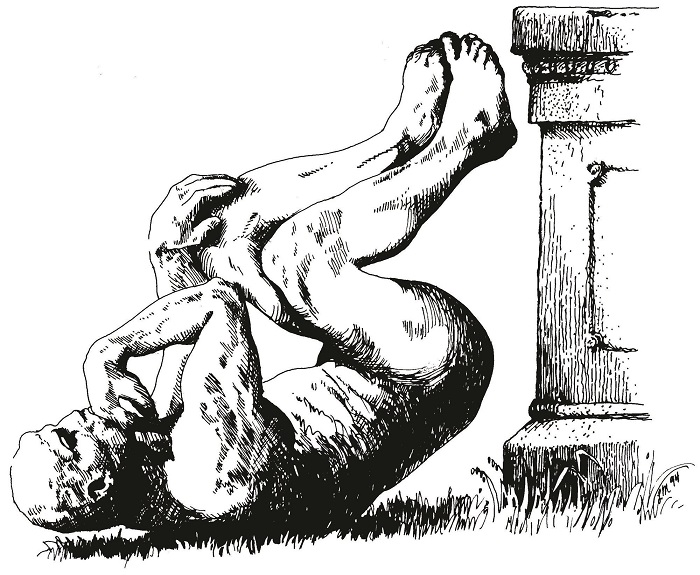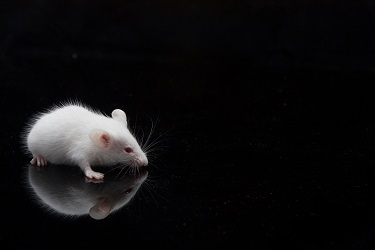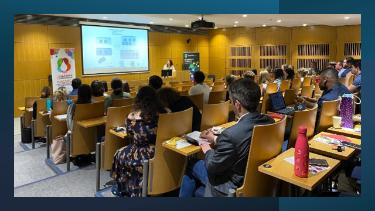Improbable Science or How to Have Fun With Research.

"The Stinker" is the Ig Nobel Prizes official mascot. (c) Ig Nobel Prizes and Improbable Research
At the beginning of October, the Royal Swedish Academy of Sciences awarded the most distinguished Nobel Prizes, the pinnacle of scientific accomplishments, the secret dream of all of us. With all the commotion around these illustrious prizes slowly settling down, I would like to bring another group of scientific awards to your attention: the so-called Ig Nobel Prizes.
The central motto of the Ig Nobel Prizes is to promote and honour scientific research that “first makes people laugh, and then makes them think”. Brought into life in 1991 by the Marc Abrahams and the magazine Annals of Improbable Research, the Ig Nobel Prizes are now in their 29th edition. Every September, a rather special award ceremony is conducted at Harvard University (watch at your own risk).
In 2019, the following prizes were awarded in 10 categories:
Medicine Prize: Silvano Gallus, for collecting evidence that pizza might protect against illness and death, if the pizza is made and eaten in Italy.
Medical Education Prize: Karen Pryor and Theresa McKeon, for using a simple animal-training technique— called “clicker training” —to train surgeons to perform orthopedic surgery.
Biology Prize: Ling-Jun Kong, Herbert Crepaz, Agnieszka Górecka, Aleksandra Urbanek, Rainer Dumke, and Tomasz Paterek, for discovering that dead magnetized cockroaches behave differently than living magnetized cockroaches.
Anatomy Prize: Roger Mieusset and Bourras Bengoudifa, for measuring scrotal temperature asymmetry in naked and clothed postmen in France.
Chemistry Prize: Shigeru Watanabe, Mineko Ohnishi, Kaori Imai, Eiji Kawano, and Seiji Igarashi, for estimating the total saliva volume produced per day by a typical five-year-old child.
Engineering Prize: Iman Farahbakhsh, for inventing a diaper-changing machine for use on human infants.
Economics Prize: Habip Gedik, Timothy A. Voss, and Andreas Voss, for testing which country’s paper money is best at transmitting dangerous bacteria.
Peace Prize: Ghada A. bin Saif, Alexandru Papoiu, Liliana Banari, Francis McGlone, Shawn G. Kwatra, Yiong-Huak Chan, and Gil Yosipovitch, for trying to measure the pleasurability of scratching an itch.
Psychology Prize: Fritz Strack, for discovering that holding a pen in one’s mouth makes one smile, which makes one happier — and for then discovering that it does not.
Physics Prize: Patricia Yang, Alexander Lee, Miles Chan, Alynn Martin, Ashley Edwards, Scott Carver, and David Hu, for studying how, and why, wombats make cube-shaped poo.
Over the years, many surprising and amazing scientific discoveries have been awarded. My personal favourites include in-depth investigations of the interactions between humans and animals, such as the observation that in a zoo, “chimpanzees imitate humans about as often and about as well as humans imitate chimpanzees” (Anthropology Prize, 2018). Also of interest is the investigation in the fundamental question whether or not it is mentally hazardous for a human being to own a cat (Public Health Prize, 2014). Speaking about cats, it was also investigated if cats can be both a solid and a liquid using fluid dynamics (Physics Prize, 2017). Important biological discoveries include the invention of “a chemical recipe to partially un-boil an egg” (Chemistry Prize, 2015). A complete list of all awards and laureates can be found here.
Worth mentioning is the contribution of Ireland, or rather the lack thereof. Apart from the Garda winning the Literature Prize in 2009 for “for writing and presenting more than fifty traffic tickets to the most frequent driving offender in the country — Prawo Jazdy — whose name in Polish means ‘Driving License’”, no significant Irish contribution to entertaining research was made. Maybe someone reading this will find motivation and inspiration to change this?
All in all, the Ig Nobel Prizes are an institution in promoting the diversity and weirdness of science. After all, science can be seemingly illogical, sometimes fun or even ridiculous, and we should embrace these humorous moments. Therefore, skimming through the list of previous laureates might be the inspiration you need to advance your personal project to the next level! And let’s be honest: all of us are wondering how and why wombat poo is cubic. And that is exactly the beauty of science…

About the Author
Philipp Junk is a PhD student in Christina Kiel's group. The Kiel Group's major research area is the quantitative, systems and structural analysis of signaling pathways and protein interaction networks relevant in human diseases.

